When I decided to live in an RV, I did a lot of research. I looked at YouTube videos and read a multitude of blogs and RV Living websites (Click here to view my favorites). Then I visited a couple of RV dealers to see what was available and pick the sales persons’ brains, knowing they’d be eager to make a sale and would spend a ton of time educating me. It was free training!
I also started scanning Craigslist to see what was available and how much they were. I began my search in February, which, it turned out, is a good time. No one is looking to buy an RV in the winter and spring, so the prices are a little better and sellers are more willing to negotiate.
For me, room to work and live with an 11-year-old, 55-pound dog (Capone), who sleeps with me, was a big consideration (sleeping in a cab-over wasn’t an option). While the idea of RV living was to be outside more, I knew I’d be inside working a lot and wanted a separate work/sleep space. I’m also vegan and love to cook, so a full kitchen was a must. Storage was also a big consideration. I sold everything I owned and didn’t want to pay for storage, so all my worldly possessions needed to fit inside my RV. (Honestly, it was just a few storage bins of stuff.) Lastly, because I wanted to start my new life debt free, I had a $10,000 cash budget.
For these reasons, RVs smaller than 25′ didn’t really appeal to me at the time. With my space requirements and budget in mind, I searched for Class A and Class C RVs no larger than 30′. Many RV Parks and Campgrounds only accommodate RVs less than 30′. In fact, a smaller RV would also manage well on the forest roads and remote places I wanted to go.
Finally, I settled on a Class C RV. The Class As felt too big and bulky and I liked the truck chassis of the Class C. My thinking was that it would be more versatile for the types of roads I’d be driving.
After several weeks of looking and test driving, I found my 1993 29′ Jamboree Rallye with a Ford E350 motor. It had 54,000 miles on it, no water damage that I could see, seemed to drive well, had new laminate floors, was clean, and was in overall pretty good condition for a 23-year-old rig. I inspected it with my untrained eye: the engine compartment looked clean, the hoses were newer and there were no leaks that I could detect. When I test-drove it, it seemed to have more power and a smoother ride than others I’d tested. I also tested the house water pump, refrigerator, stove, and generator and they all worked well.
I really liked the couple I bought it from; they were only the second owners and had owned it for 5 years. They took it out a couple of times a year. Before turning it over to me, they smogged it (California) and installed new front brakes. I knew I’d have to replace the tires soon. The tread was good, but they were old and cracked. Further, they told me the truck A/C needed to be recharged. They were asking $9,000, I paid $8,000.
Be prepared for repairs to happen sooner rather than later. I believe the owners told me everything they knew about the RV and weren’t trying to pull the wool over my eyes in any way. They only drove it a few hundred miles a couple of times a year and probably figured they didn’t need to do a bunch of maintenance on it.
Within the first few months, I needed to replace all the tires, catalytic converter, kitchen faucet, house battery, fuses for radio and odometer, AC compressor, rear ASB service, and all the fluids and oil needed to be replaced. All in all, I spent over $4000 on repairs in less than six months of owning this used RV.
I would have bought a smaller RV- My goal was to live in remote places and be outside more. My 29′ Class C RV is a little too big to take on some roads and I have more than enough living space and storage. After living in it for 3 months, I really wished I had something smaller and more versatile. I could have gone with a 25′ RV.
I would have taken it to a mechanic before buying it – Being a 23-year-old RV, I knew I’d have to put some money into it, and I budgeted for that. But knowing WHAT I’d have to repair would have given me much-needed peace of mind. Every time I took it out the first few months, I lived in fear of breaking down on some country road in the middle of nowhere. Knowing what was likely to break (and when) would have been comforting and allowed me to budget better.
I would have test-driven some newer ones – I only test-drove three or four 20+-year-old RVs. Since I’d never driven an RV before, I had no idea how it should feel or sound. Had I known, I might have been able to detect some of the problems it had (a bad catalytic converter, for example). Test driving something newer might have given me a baseline for how it should feel to drive one.
I would have checked ALL the fluids before purchasing (not just the oil)– This would have clued me into how well the previous owner maintained the RV. He gave me a huge folder of records that I mistakenly assumed were maintenance records. They weren’t. And the RV was dry of almost all fluids. Not good for the RV and is a sign that it was not properly maintained.
I would have test drove it more rigorously – I’d have taken it on the freeway, and I would have found a big hill to drive it up. It was very loud when I gave it a lot of gas and would lose a lot of power – clear signs that something was wrong (the Catalytic Converter was bad).
I would have checked ALL the fluids before purchasing (not just the oil)– This would have clued me into how well the previous owner maintained the RV. He gave me a huge folder of records that I mistakenly assumed were maintenance records. They weren’t. And the RV was dry of almost all fluids. Not good for the RV and is a sign that it was not properly maintained.
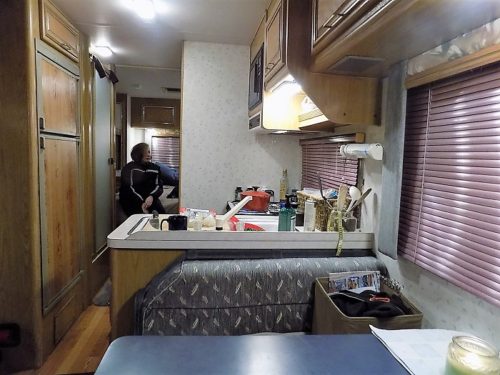
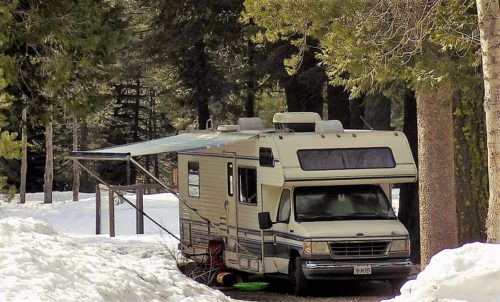
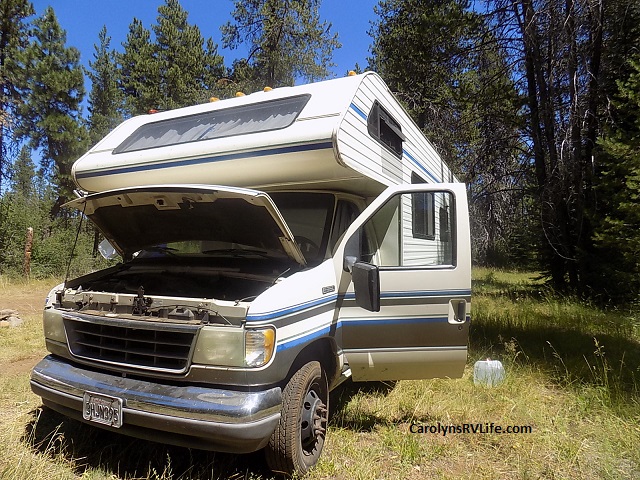
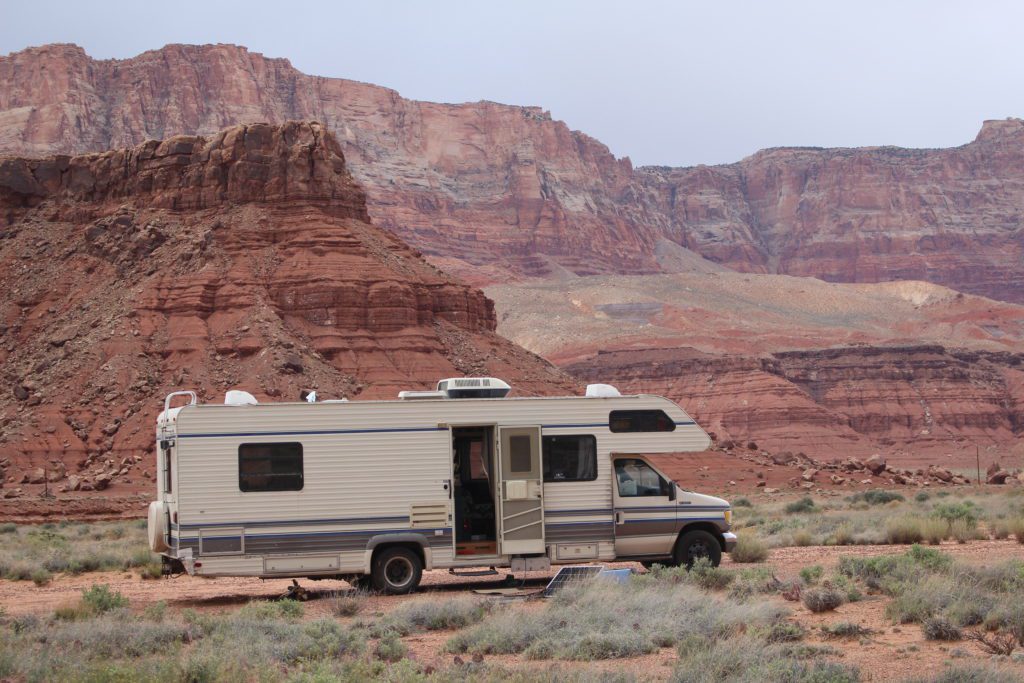
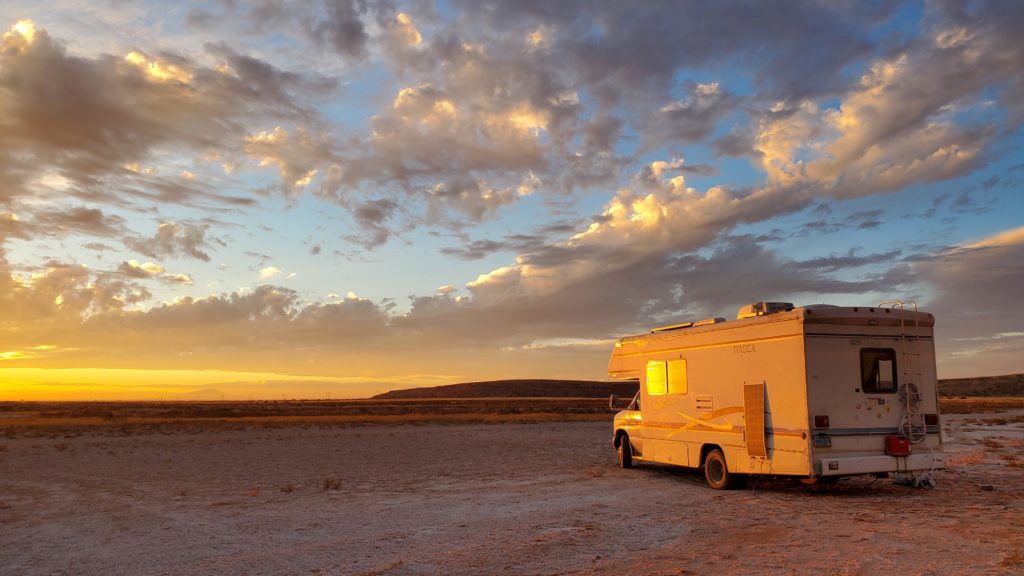
In November 2017, I’d had enough. I bought a new RV. If you want to see all the trials and tribulations I had with my first RV Matilda, watch them here.
To see my new RV, Phoenix, click here. I’ve been in my newer 2005 Winnebago Itasca Spirit over a year and I’m loving her. She’s been a great RV so far!
I like to get away from it all and go deep into the forest. Don’t let size stop you from exploring remote forest roads and out-of-the-way campsites! Here’s a list of some of my favorite places I’ve boondocked in my 29′ RV. These three locations were very pretty and remote – and no more than about 6 miles to Sisters and 18 miles to Bend!
Looking for tips, tricks, and the real story of RV life? View my blog library to find the answers. Below are a few blogs to help you get started with Boondocking.
Below are a few of my favorite RV Living websites and apps.
Some of us aren’t yet retirement age but dream of living a free life. If you’re like me and far from independently wealthy, earning a living while traveling and living in your RV full time will be a consideration.
I started my Marketing Consulting practice 7 years ago and have transitioned all of my clients to remote work. I am now able to earn a living anywhere, as long as I have a cell phone signal to get an internet connection. Not everyone can do this, but don’t worry, there are plenty of ways to earn a living on the road.
If you're creative or have a specific skill you can do online, join websites like Upwork and Fiverr.
You can find temp or odd jobs to do in the area by looking on Craigslist.
Find campgrounds with job opportunities by visiting Work-Camping.com, Camp-Host.com, WorkampingJobs.com, and CoolWorks.com.
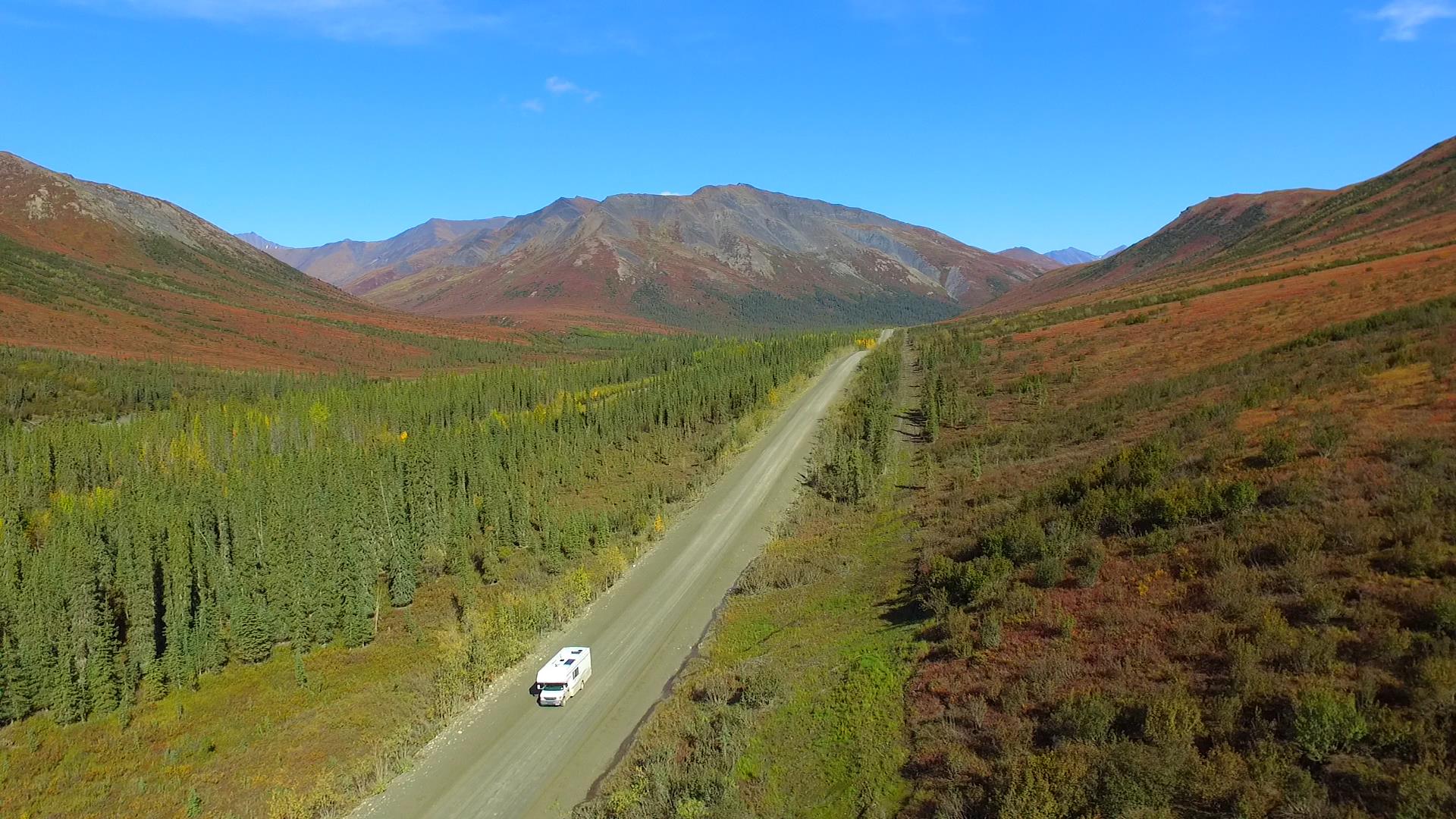
Wondering how to build a website, become a full-time YouTuber or Influencer? I offer personal 1:1 consulting to help get you started!
Join the Fun! Subscribe to Carolyn’s RV Life email list and get stories, pictures, videos, advice, tips, and more!
Want to receive sneak peaks, insider news and exclusive content? Join the Carolyn’s RV Life Patreon Community!